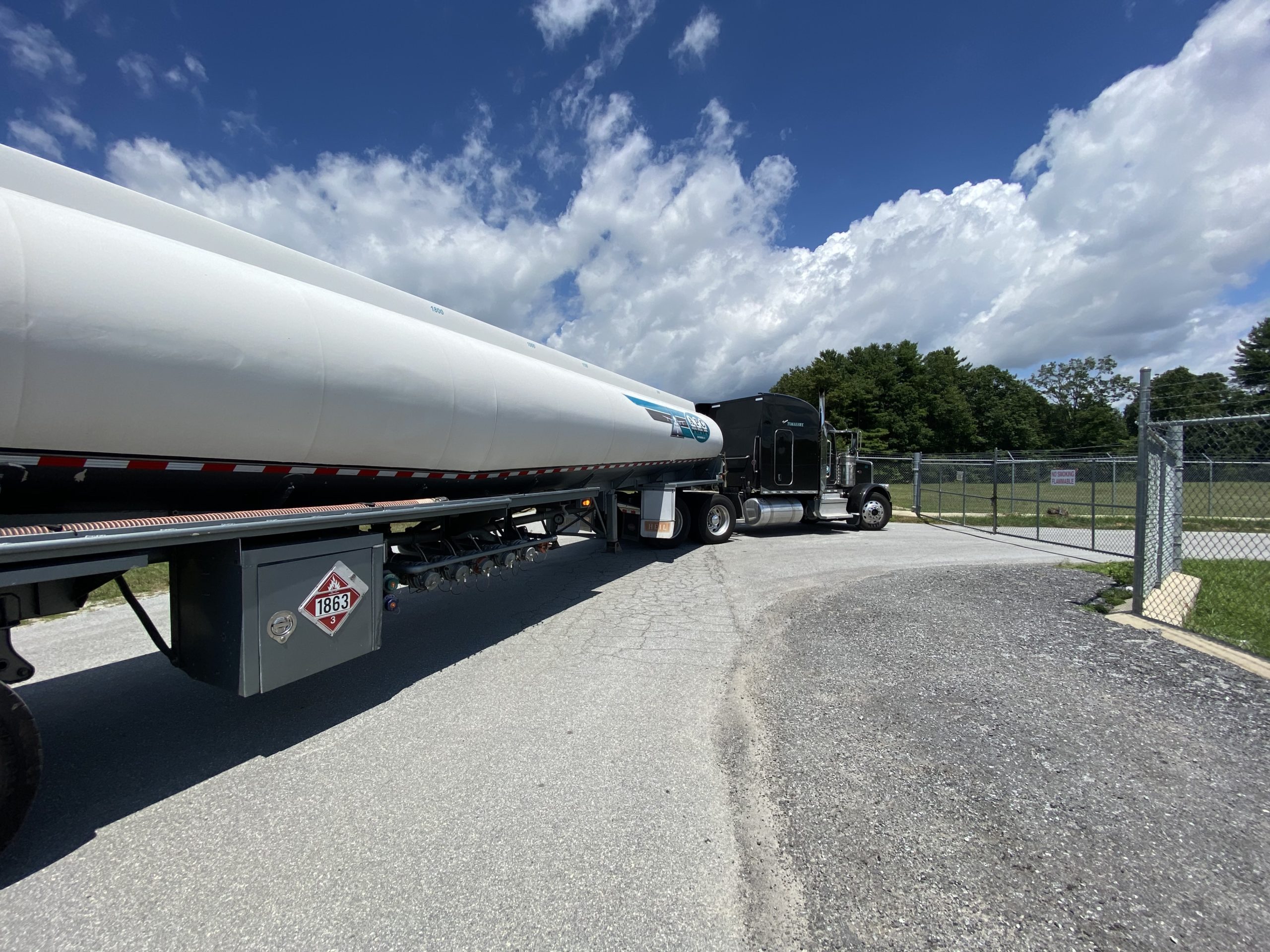The days of ordering fuel on Friday and getting it delivered on Saturday are a relic of pre-pandemic life. Increased demand coupled with transport driver shortages means many FBOs must be more proactive when it comes to ordering fuel—particularly in situations where demand suddenly increases, as in some western states where an early and active wildfire season has led to sporadic shortages.
The pandemic is having a profound effect on supply and demand across nearly all industries, and jet fuel is no exception. With the sharp decline in travel during the pandemic, jet fuel supply fell by 38% in 2020 as compared to pre-pandemic levels in 2019, according to the U.S. Energy Information Administration (EIA). Now, with the country opening up and air travel returning, demand is increasing and so is supply, but the pandemic is affecting fuel getting to airports in another way—through a shortage of tank truck drivers.
“We’ve been dealing with a driver shortage for a while, but the pandemic took that issue and metastasized it,” Ryan Streblow, president of the industry trade group, National Tank Truck Carriers (NTTC), recently told CNN. “It certainly has grown exponentially.” When the demand for fuel dropped, many tank truck drivers migrated to other industries, such as freight hauling, that were experiencing the opposite effect as online sales skyrocketed during the pandemic. According to the NTTC, as much as 25% of the nation’s tanker trucks are sitting idle due to the shortage of qualified drivers, compared to just 10% during the same time in 2019.
Holly McCormick, vice president of driver recruitment and retention at the Oklahoma-based tanker company Groendyke Transport and a member of the NTTC workforce committee said, “We were even hauling boxes for Amazon just to keep our drivers busy.” Additional factors unique to the fuel industry have also contributed to the driver shortage. The hazardous material endorsement and specialized safety training required of drivers who haul fuel, for example, make it more challenging to fill the current workforce gap, especially with the shutdown of many driver training schools early in the pandemic. “A lot of drivers didn’t want to do the safety protocols,” said McCormick in the same CNN article. “We’re also working with an aging workforce. Many said, ‘I might as well take it as a cue to retire.’”
NATA is currently pursuing options at the federal level to alleviate the driver shortage in the near term while exploring long-term solutions to the ongoing workforce shortage affecting our critical industry. Until the shortage of tank truck drivers can be reversed, fuel suppliers are asking their customers to set up standing weekly orders. If those standing orders cannot be placed, FBOs and other into-plane fuel providers should plan for longer lead times, ranging from 5-7 days in advance for jet fuel and 7-10 days in advance for avgas.






